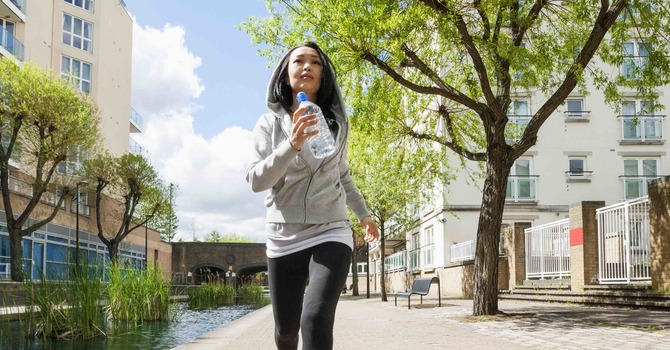Are you in the zone?
Last week, we talked about Outlive, the new book that I have been reading, by Peter Attia. Over the years, these newsletters have been a way for me to share the information that I am learning with all of you.
A couple of weeks ago, before I started reading his book, I shared a quote from Dr. Attia that I felt was pretty profound.
"Exercise might be the most potent 'drug' we have for extending the quality and perhaps quantity of our years of life."
Upon reading the book and listening to some interviews with Dr. Attia, I needed to get more specific information about what he meant by the term "exercise." In our office, we often discuss the idea that the exercise that is best for our patients is the one that they will choose to do again tomorrow. That can be swimming, running, lifting weights, dancing, tai chi... The list goes on and on, and is always the patient's choice.
This is where the information that Dr. Attia shares becomes important. He, along with many other researchers and physicians, states that, in terms of increasing our health and lifespans, the most important factor is the intensity of the exercise that you are doing. The target intensity is to try to hit what is referred to as Zone 2 training, for a total of approximately 3 to 4 hours per week.
Training has been broken up into 5 different "zones" or intensities. Zone 1 being the lightest intensity and Zone 5 being the highest intensity. Over the past several years the benefits of training in what is known as Zone 2 have become more well known. Those benefits can help us meet our short term goals, and also help us to meet some of our longevity goals as well. So training in Zone 2 truly is one of those Win/Win situations in life.
The requirements for hitting Zone 2 intensity in your training session are a little different for everyone, depending on our age and current fitness level. An easy way to determine your Zone 2 threshold range is to use your heart rate. First, you need to calculate your Maximum heart rate. To calculate your Maximum Heart Rate use this simple formula - (220 - your age= Max HR). To determine your Zone 2 HR range you will take 60-70% of that number. So if you are 50 years old, your Max HR is 170, so your zone 2 range would be 102-119 BPM. If you are pretty fit, use the higher number as a guideline, but if you are just getting started use the lower number as your target.
(There is an even simpler way to determine if you are in Zone 2, which Dr. Attia discusses in the video below...)
Over the next several weeks we will be diving into the details of some of the benefits of Zone 2 training. So make sure you check your inbox next Friday to learn more about how it can help you!
Movement is my medicine,






